Hip Dislocation In Adults
- Home
- Hip Dislocation In Adults
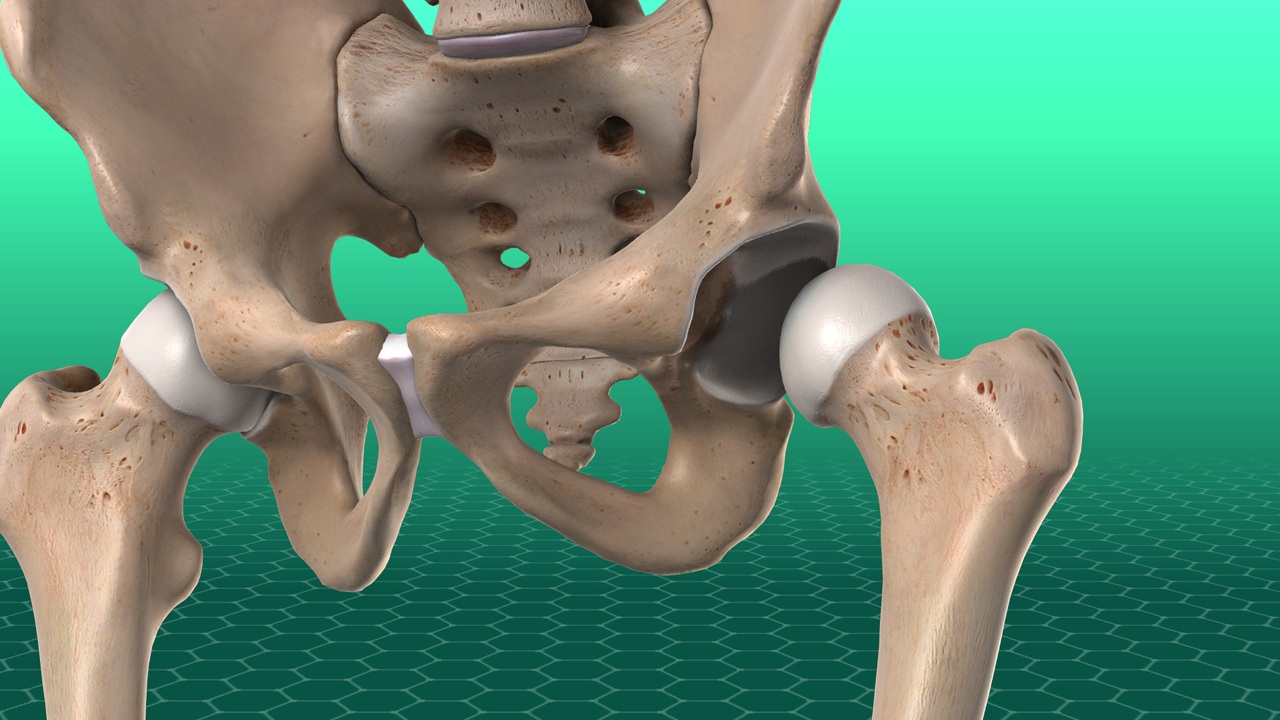
Orthopedics and Traumatology Specialist Prof. Dr. According to Omar Faruk Bilgen's description, hip dislocation in erikins and middle age begins with a disorder that occurs as a result of underdevelopment of the part that covers it, the nest, called dysplasia, defined as underdevelopment, with underdevelopment of the bone structure of the hip. This condition progresses a little further and the hip is slightly separated from the place. If the inability condition increases a little more, it is separated by a little more, and if there is complete inability, if the nest is also not in place, if it is small and in an undeveloped state, the hip becomes completely dislocated.
Chairman Of The Board Of Private Medicabil Hospital Prof. Dr. Omar Faruk Bilgen states that each of these conditions he mentioned has treatment methods at a certain age, depending on the type of disease. Prof. Dr. According to Bilgen, it is necessary to distinguish and determine these treatment methods very well. If the state of brevity is not too much, that is, if there is a brevity of 1 cm or less and there is no pain, then corrective operations are recommended for these patients. Patients with these symptoms are advised to undergo corrective surgery rather than before prosthetic surgery. Our patients who have an acceptable brevity of 1-1, 5 cm or less, whose hip is not fully removed,who have a hip joint in place, can perform roof surgery, correction surgery or “correction operations” that will help the femur maintain normal hip function with operations involving the upper part of the hip joint. Doctor of orthopedics Prof. Dr. Omar Faruk Bilgen emphasizes the importance of early diagnosis at this point
If the current state of the hip prior to prosthetic surgery allows and the cartilage tissue is sufficient, if there is no very high level of wear, these patients can undergo correction surgery. In this way, the patient can be given the opportunity to use their own hips for 10 years or more. In other words, it is worth noting that patients with type2 or type1 dislocation in the hip need correction surgery. In cases where correction surgery is not performed on time and this opportunity is missed, prosthetic surgery becomes the only option.
Prof. Dr. According to Bilgen, an orthopedic surgeon should carefully evaluate which surgery should be performed for which disease and in what period and apply it, deciding with the same precision. For example, if an osteotomy, that is, corrective surgery, is performed on a patient who is 60 years old and whose hip is moderately impaired, who has pain for several years, it is obvious that the result of this operation will not be very successful. But if correction surgery is performed on a 30-year-old patient with the same results, pain is slightly less, disorders are slightly less, dysplasia is slightly more moderate, the patient will benefit from this operation rather than.
Order Blogs
-
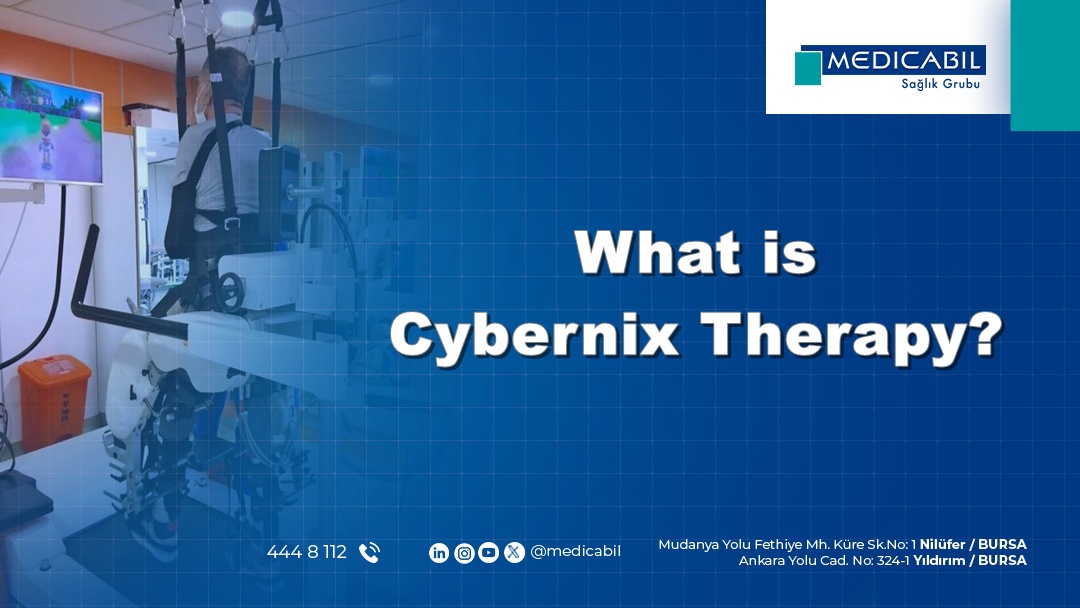 What is Cybernix Therapy?
What is Cybernix Therapy?
-
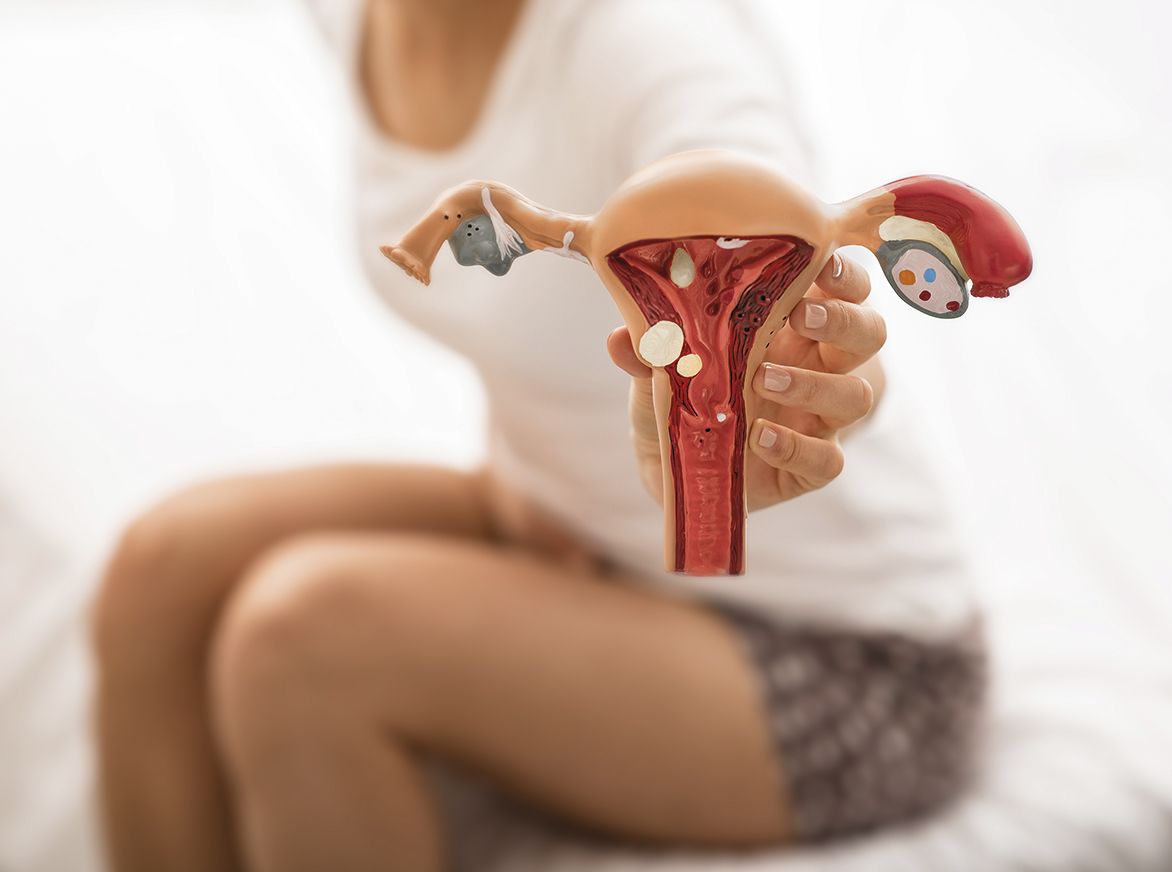 What is Endometriosis (Chocolate Cyst)? What are the symptoms? How to Treat?
What is Endometriosis (Chocolate Cyst)? What are the symptoms? How to Treat?
-
 Colon Cancer (Symptoms, Stages, Treatment)
Colon Cancer (Symptoms, Stages, Treatment)
-
 Influenza (Flu) in Children
Influenza (Flu) in Children
-
 Stomach Cancer Symptoms and Treatment Methods
Stomach Cancer Symptoms and Treatment Methods
-
 What is Lymph Node Swelling? What Are The Reasons?
What is Lymph Node Swelling? What Are The Reasons?
-
 When to Use Antibiotics? What are the side effects? What is Antibiotic Resistance?
When to Use Antibiotics? What are the side effects? What is Antibiotic Resistance?
-
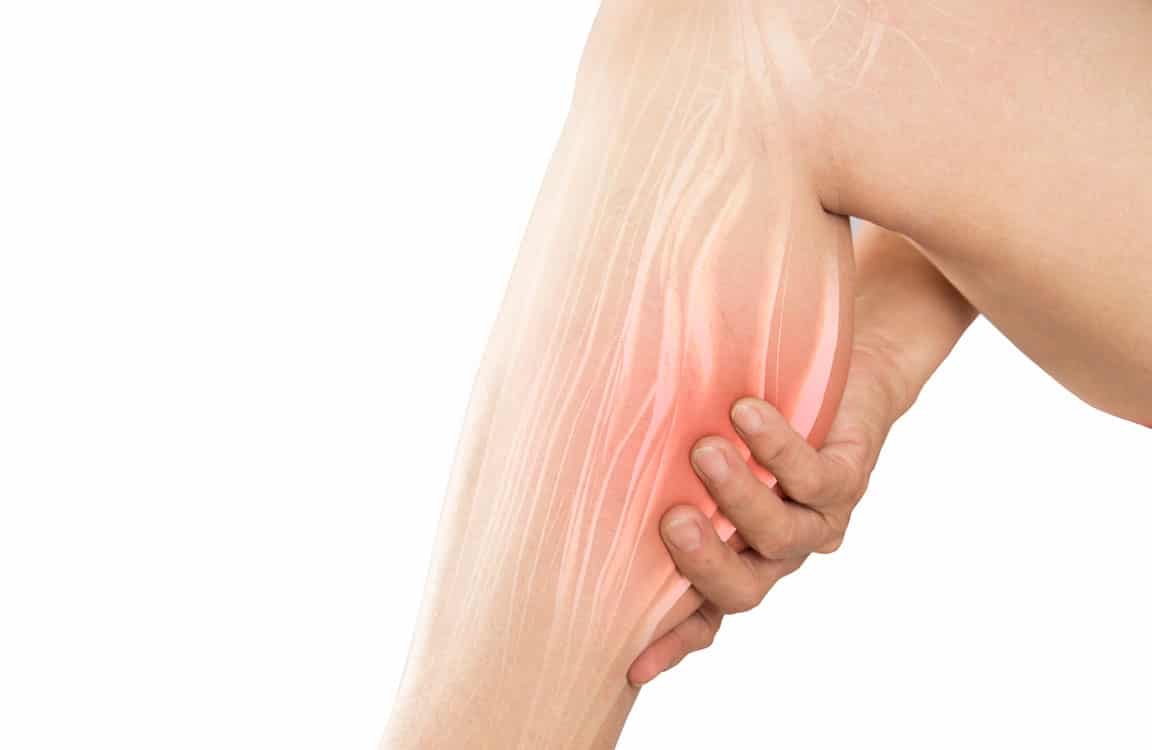 What is Muscle Spasm?
What is Muscle Spasm?
-
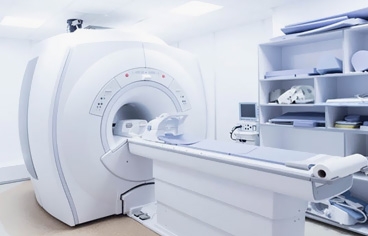 What is MRI? How to Take an MRI with Medication? Is It Harmful?
What is MRI? How to Take an MRI with Medication? Is It Harmful?
-
 What are the Causes of Diarrhea and Vomiting? How to Treat?
What are the Causes of Diarrhea and Vomiting? How to Treat?

